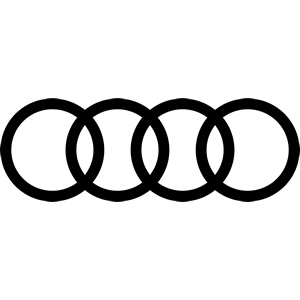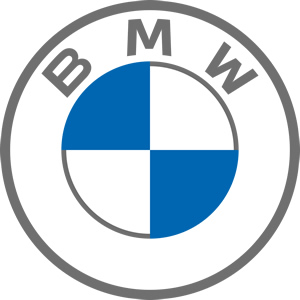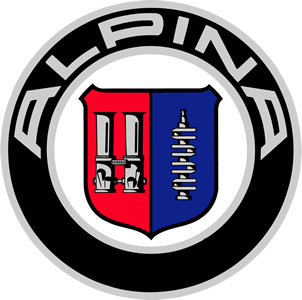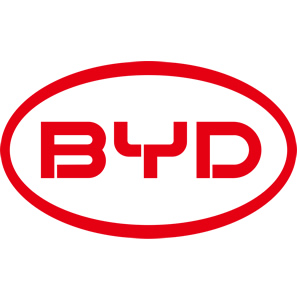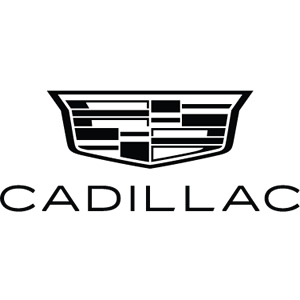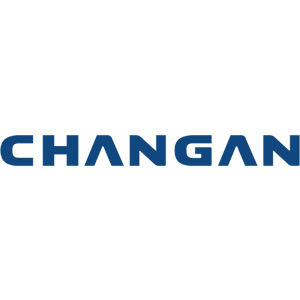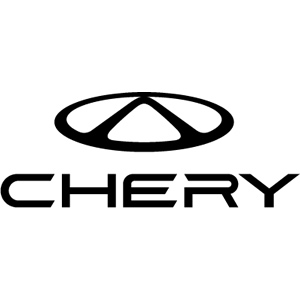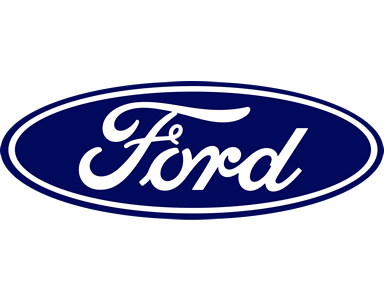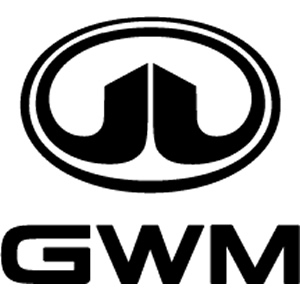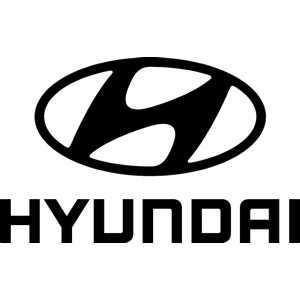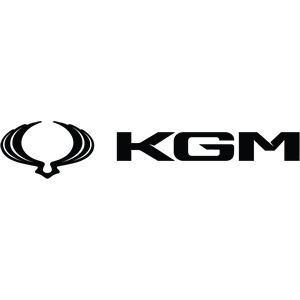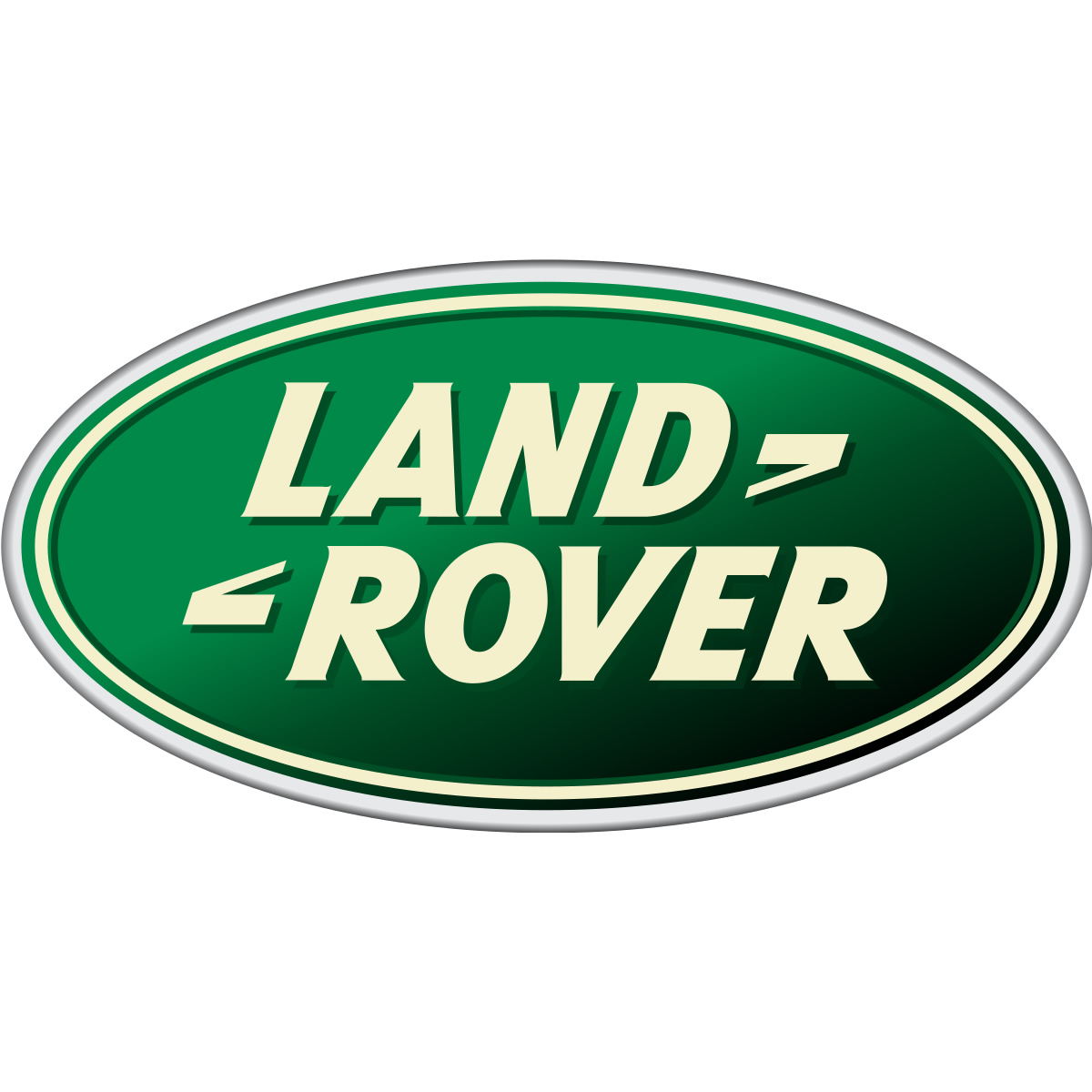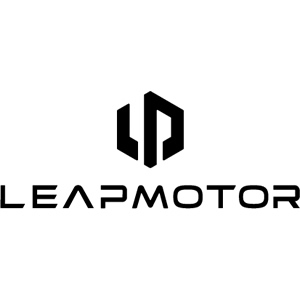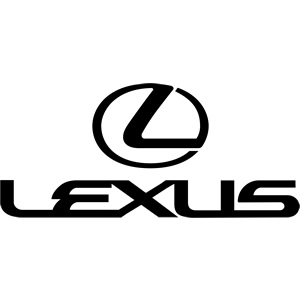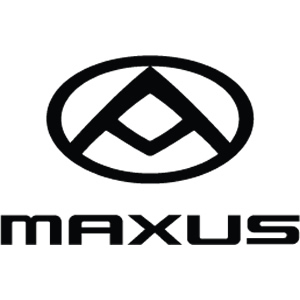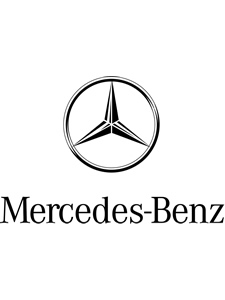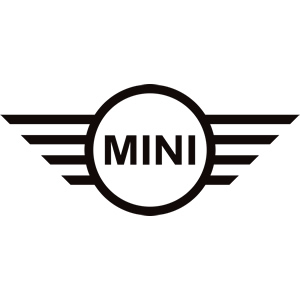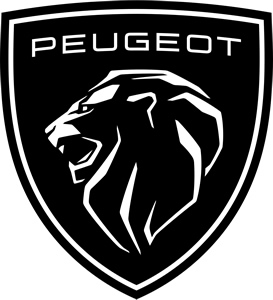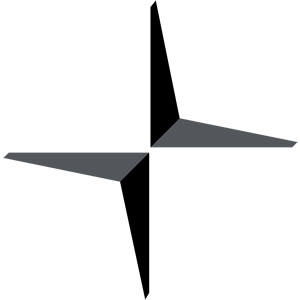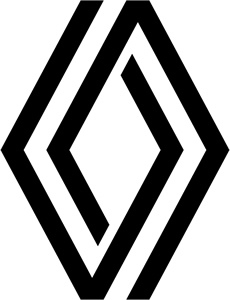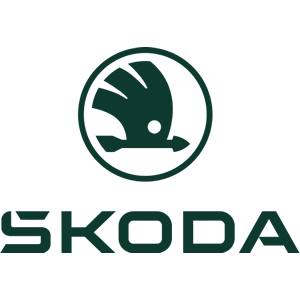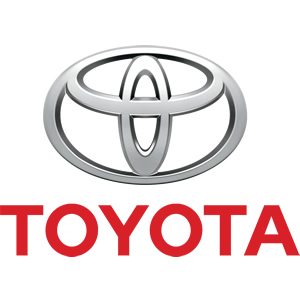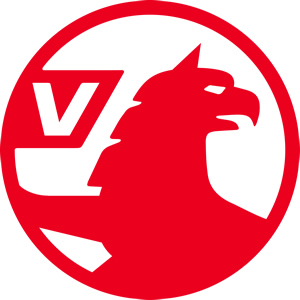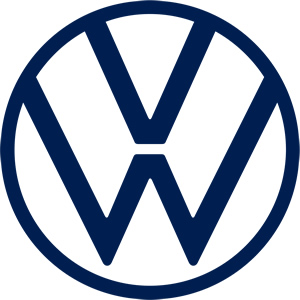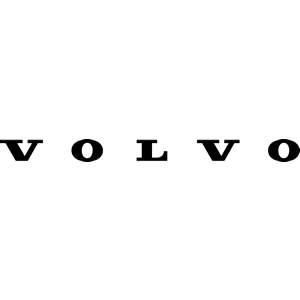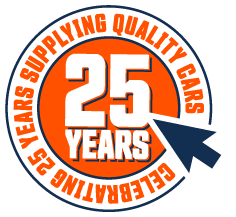New Land Rover Cars
Land Rover PCP QuoteNew Land Rover Cars, at cheap prices, from UK franchised Land Rover dealers
A Brief History of Land Rover Cars
Before the Second World War, the Rover Car Company had begun in the city of Coventry by first producing bicycles and then moving on to cars, with the outbreak of the war most skilled labour was used in the war effort to produce tank and aircraft engines, thus the manufacture of cars for the general public was put on hold for half a dozen years or so.
With the end of the war Rover moved to Solihull, into massive factory units that had been purposely built for the war effort, playing a prominent role in the company were two brothers, Spencer and Maurice Wilks. With the realisation that raw materials (mainly steel) were going to be in extremely short supply, the two brothers had to look at designing a new vehicle that could be produced during this period of shortages and rationing. One of the brothers, Maurice, owned a farm on the island of Anglesey and had brought over an American Jeep for use on the farm, when asked by Spencer what he would replace the Jeep with when the vehicle was worn out, Maurice replied that he had absolutely no idea and there the decision was made to design their own vehicle, what was to come was the birth of the Land Rover.
The restrictions on raw materials forced the designers of the Land Rover to look for new solutions, so, taking the Willys Jeep as their starting point they began to solve the problems that were caused by the lack of steel. First off the body panels were manufactured from aluminium, not only was aluminium far more readily available as aircraft manufacture was greatly reduced due to the ending of hostilities, but this also reduced tooling costs, as aluminium is much softer than steel and therefore easier to shape. Another bonus with using Aluminium is its anti corrosion properties and with the Land Rover being designed to go off road in the wet and mud this became a very obvious advantage. Not only were the body panels made from Aluminium, they were also very easy to replace if they became damaged. The overall bodywork was designed in three separate sections, with each section being allowed to be unbolted from the main structure with ease, allowing individual body panels to be exchanged with a minimum of fuss.
With the restriction of steel, the chassis of the Land Rover also posed problems, normally sheet steel would be formed in very heavy presses to make the chassis components, this however worked out to be very expensive, so the designers of the Land Rover chose to fabricate a ladder shaped chassis from box steel, the result was an extremely rigid and durable chassis produced at a much lower price.
Work on the prototype Land Rover began in earnest in 1947, with the Land Rover proper being launched in the spring of 1948 at the Amsterdam motor show. Interest in the new Land Rover surprised everyone, not only had they come up with a car that could be used by our farmers, but, with many overseas roads being constructed extremely poorly, the Land Rover was also well positioned to take a large portion of a very lucrative export market.
Although originally intended as temporary solution for the Rover Car Company, Land Rover sales quickly overtook those of the Rover Saloon and the following year sales of the Land Rover doubled. Over the next few years and with the security of a swollen order book, the Land Rover was improved, a larger engine (increased to two litres) and the choice of optional four wheel / rear wheel drive that was selected by a small lever by the side of the gear lever ensured the Land Rover continued from strength to strength.
In the late 1950's, the British Motor Corporation had introduced the Austin Gypsy, a direct rival to the Land Rover, for almost ten years the Gypsy rivalled the Land Rover, but in 1968 with both Austin and Rover becoming part of the British Leyland Motor Corporation a choice had to be made between the two models. With sales of now over 250,000 units there could only be one winner and the Land Rover was chosen over its inferior competitor.
With the dawn of the 1960's, orders for the Land Rover were still on an upward trend, most western military powers had now realised how invaluable the Land Rover was and as a result government contracts swelled the order books even further. New models were added throughout the 60's, including a lightweight Land Rover that could be air freighted into battle zones, adapted Land Rover ambulances that could travel into areas that were previously inaccessible, recovery vehicles, the list goes on. The Land Rover was now beginning to move away from its farming roots and with a survey that they conducted in the late sixties revealing that of the one-third market share that the Land Rover commanded, two thirds of all Land Rovers now being purchased were by people using them for recreational purposes, a fact that applied to the US market above all others.
Since the 1950's designers had been toying with the idea of a Land Rover that could bridge the gap between an off roader and a normal car. Over the next two decades numerous designs were shelved, until in the late sixties, when work again began on a crossover Land Rover. Many obstacles had to be overcome, with a new engine, a new four-wheel drive system and a whole new brake and suspension system, the Land Rover designers worked through the end of the sixties and into the early seventies. The summer of 1971 finally saw the launch of the Range Rover, although by no means a luxury vehicle, the Range Rover had incredibly good press and as a result orders once again flooded in.
With some Land Rover enthusiasts doubting the new Range Rover, two new Range Rovers were donated to an expedition that intended to drive from Anchorage in Alaska all the way through the Americas down to Cape Horn. Known as the British Trans-Americas Expedition and led by Major John Blashford-Snell, the two Range Rovers were supported by the army as they set off on the 3 rd December 1971 to begin their 16,000 mile journey. Although they were beset by many problems, including the notorious Darien Gap in Columbia (a 10,000-square-mile swath of jungle with no roads on the border of Central and South America), that took 99 days to negotiate, the expedition arrived in Tierra del Fuego 199 days after leaving Anchorage. A remarkable achievement for a vehicle launched only a year before.
Unfortunately the success story was not going to plan in North America, in 1974 the Environmental Protection Agency and the Department of transport were bringing in new laws governing exhaust emissions, bumpers, and other safety devices, the result, the withdrawal of the Land Rover from the North American market for a period of over ten years due to the cost of meeting these new regulations.
The American market was not the only problem for Land Rover at this time, the British Leyland Motor Corporation was suffering financially and as a result the company was nationalised by the government and a major review was undertaken. Following a substantial investment after the review, Rover moved to a new purpose built factory in Solihull and although there was plenty of talk of expanding the Land Rover range, the next major move forward was in 1978 when Michael Edwards was appointed to the position of managing director. Under his guidance the British Leyland group was split, one half of the split included Rover, Triumph and Jaguar, this group was further split into Jaguar, Rover - Triumph and Land Rover. Now Land Rover had a dedicated management team ready to battle for future investment.
During this period, demand for the Range Rover had outstripped production and a thriving black market was growing for new Range Rovers with customers paying above list price to secure a vehicle without having to go onto a waiting list. Investment was pushed towards engine production and with traditional markets slowly beginning to drop off, the Range Rover began to slowly get pushed further and further upmarket.
By the early eighties with this new management policy in mind, the Range Rover slowly became more luxurious, alongside the two door, a four door appeared and an automatic gearbox was introduced as an option for those who didn't enjoy the manual.
With interest in the US growing steadily, indeed, some Americans were importing Range Rovers into the states even though there was no support from the manufacturer and no franchised servicing, Land Rover replaced the carburettors with a new fuel injection system for the V8 engine, this solved the problem of the emissions and also increased the power output of the engine by thirty percent, resulting in a Range Rover with a top speed of over 100 mph, further enhancing the product to the American market.
With the obvious interest from across the pond, Land Rover launched Range Rover of Northern America in the December of 1985, although changed in favour of Land Rover North America, the result was the same, Land Rover now had a platform on which to launch the Range Rover to an eager US market and in early 1987 the first Range Rovers went on sale. Fitted as standard with automatic transmission, air conditioning and cruise control to suit the American market, the Range Rover placed itself firmly at the luxury end of the market with the added advantage of also being a true off road vehicle. Sales once again increased dramatically, order books were full, so again Land Rover looked towards expanding their range.
Land Rovers new design brief was for a smaller, cheaper body sitting on the Range Rover chassis. From its conception in 1987 it only took Land rover two years and one month to get the first Discovery ready for launch at the Frankfurt Motor Show in September 1989. Although only shown as a two door, a four-door variant was soon added the following year and so the Land Rover Discovery began carving out a totally new position in the market - the family orientated 4x4.
Throughout this period of extending the range the company never lost sight of where they began. The original Land Rover had been through many changes and with the arrival of the nineteen nineties was rebadged as the Land Rover Defender, reflecting the wide use of this vehicle in military campaigns. Advances made through the Range Rover and the Discovery soon found their way into the Defender and by 1993 the Land Rover had positioned itself firmly at the top of the league when it came to a 4x4 workhorse.
1994 saw Land Rover being acquired by the BMW group and straight away the Range Rover was taken even further upmarket, firmly positioning itself as the ultimate in off road luxury. The old Range Rover carried on production for a couple of years badged as the Range Rover Classic, but with this new bigger and better model now eating into sales figures the original Range Rover finally ceased production in 1996. Over three hundred thousand Range Rovers had been sold worldwide since its launch way back in 1971 and unbelievably over two hundred thousand were still in regular use.
The new millennium saw the Land Rover Brand again changing hands, BMW sold the premium 4x4 marque to Ford, two billion euros were paid up front with a further one billion euros being paid in 2005.
As part of its ever-expanding range Land Rover next targeted the small SUV market, back when they were designing the Discovery there was talk of an entry-level smaller 4x4. Land Rover had long admired BMW's range structure, the three series got the younger generation interested in the BMW marque and was a stepping stone to a five series, the five series then led you to the seven series, a car to suit every age, budget and to reflect just where people were on the career ladder. So 1997 saw the launch of the Land Rover Freelander, and as with the Discovery before it, the Freelander defined a new market. Sales doubled within a year and the Freelander soon became the biggest selling 4x4 in the UK. Market share for the Freelander began to decline with the introduction of the Toyota Rav4 and the BMW X3, so, in 2004 Land Rover gave the Freelander a makeover. As well as the much-maligned interior being significantly upgraded, the exterior also had a facelift, new body coloured bumpers, new headlight clusters and a new grille all added to the new look for the Freelander.
2005 saw the latest edition to the Land Rover range, the Range Rover Sport, built on the same platform as the Land Rover Discovery, the Range Rover sport being the smaller sibling to the Range Rover. Richard Woolley, Land Rovers head of studio design said "It was us who put the 'S' in 'SUV' (Sports Utility Vehicle). It's our territory and we're going to take it back." Fighting talk however you look at it. Leaner, more athletic, the Range Rover Sport looks like a Range Rover that's been on a diet. Aimed specifically at the BMW X5 and the Porsche Cayenne, the Range Rover Sport combines Land Rovers famous off road ability with the road holding of a modern road biased 4x4.
The Range Rover Sport owes its fantastic on road handling, to its extremely clever Dynamic Response suspension system (deactivates off road), this piece of gadgetry monitors the cornering loads and uses hydraulic motors that continually stiffen or relax the anti roll bars giving much greater stability and reduces body roll (available as an option on the base model). This is by no means the only electronic trickery that can be found on the Sport, stability control, hill descent control and traction control are all handled simultaneously by the on board computer that controls these differing demands and keeps the Range Rover Sport pointing in the right direction. Finally Terrain Response control (again available as an option on the base model), this function allows drivers to choose one of five different modes, general driving, mud, ruts, sand and rocks to improve off road performance.
If you are looking to buy a brand new Land Rover, Brokers4Cars can help you secure your dream new Land Rover car at a discounted rate. Simply find your perfect vehicle and get in touch, and our new car brokers team will guide you through the process of buying your new car.
Show More.jpg) New Land Rover Defender Diesel Estate
The new-era Land Rover Defender brings the design of this legendary Solihull model bang up to date. Despite the modern tech, it remains as solid and...
New Land Rover Defender Diesel Estate
The new-era Land Rover Defender brings the design of this legendary Solihull model bang up to date. Despite the modern tech, it remains as solid and...
.jpg) New Land Rover Defender Estate
The new-era Land Rover Defender brings the design of this legendary Solihull model bang up to date. Despite the modern tech, it remains as solid and...
New Land Rover Defender Estate
The new-era Land Rover Defender brings the design of this legendary Solihull model bang up to date. Despite the modern tech, it remains as solid and...
.jpg) New Land Rover Defender Estate Special Editions
The new-era Land Rover Defender brings the design of this legendary Solihull model bang up to date. Despite the modern tech, it remains as solid and...
New Land Rover Defender Estate Special Editions
The new-era Land Rover Defender brings the design of this legendary Solihull model bang up to date. Despite the modern tech, it remains as solid and...
.jpg) New Land Rover Discovery Diesel Sw
There's nothing quite like a Land Rover Discovery and the improved version of this fifth generation model continues to offer the toughest, the most...
New Land Rover Discovery Diesel Sw
There's nothing quite like a Land Rover Discovery and the improved version of this fifth generation model continues to offer the toughest, the most...
.jpg) New Land Rover Discovery Sport Diesel Sw
Land Rover's Discovery Sport was a big success in its original form, with almost 100,000 examples sold in the UK alone. But competitors in the SUV...
New Land Rover Discovery Sport Diesel Sw
Land Rover's Discovery Sport was a big success in its original form, with almost 100,000 examples sold in the UK alone. But competitors in the SUV...
.jpg) New Land Rover Discovery Sport Sw
For quite a few buyers of Land Rover's Discovery Sport, this P300e PHEV plug-in hybrid derivative will make more sense than the conventional petrol...
New Land Rover Discovery Sport Sw
For quite a few buyers of Land Rover's Discovery Sport, this P300e PHEV plug-in hybrid derivative will make more sense than the conventional petrol...
.jpg) New Discovery Sw Special Editions
There's nothing quite like a Land Rover Discovery and the improved version of this fifth generation model continues to offer the toughest, the most...
New Discovery Sw Special Editions
There's nothing quite like a Land Rover Discovery and the improved version of this fifth generation model continues to offer the toughest, the most...
.jpg) New Range Rover Diesel Estate
So many cars claim to be unique but the Range Rover really is, continuing to set the standard in the super-luxury SUV sector. This improved MK4 model...
New Range Rover Diesel Estate
So many cars claim to be unique but the Range Rover really is, continuing to set the standard in the super-luxury SUV sector. This improved MK4 model...
.jpg) New Range Rover Estate
So many cars claim to be unique but the Range Rover really is, continuing to set the standard in the super-luxury SUV sector. This improved MK4 model...
New Range Rover Estate
So many cars claim to be unique but the Range Rover really is, continuing to set the standard in the super-luxury SUV sector. This improved MK4 model...
.jpg) New Range Rover Estate Special Edition
The Range Rover Sport came of age in second generation form, bigger, lighter and sharper in its reactions. Now, Land Rover has usefully improved it,...
New Range Rover Estate Special Edition
The Range Rover Sport came of age in second generation form, bigger, lighter and sharper in its reactions. Now, Land Rover has usefully improved it,...
.jpg) New Range Rover Evoque Diesel Hatchback
How do you right a best seller? That was Land Rover's problem when it came to creating the second generation version of its runaway success story, the...
New Range Rover Evoque Diesel Hatchback
How do you right a best seller? That was Land Rover's problem when it came to creating the second generation version of its runaway success story, the...
.jpg) New Range Rover Evoque Hatchback
If you're set on the smart second generation version of the Range Rover Evoque and you'd like an alternative to diesel power, we'd recommend the PHEV...
New Range Rover Evoque Hatchback
If you're set on the smart second generation version of the Range Rover Evoque and you'd like an alternative to diesel power, we'd recommend the PHEV...
.jpg) New Range Rover Evoque Hatchback Special Editions
If you're set on the smart second generation version of the Range Rover Evoque and you'd like an alternative to diesel power, we'd recommend the PHEV...
New Range Rover Evoque Hatchback Special Editions
If you're set on the smart second generation version of the Range Rover Evoque and you'd like an alternative to diesel power, we'd recommend the PHEV...
.jpg) New Range Rover Sport Diesel Estate
The Range Rover Sport came of age in second generation form, bigger, lighter and sharper in its reactions. Now, Land Rover has usefully improved it,...
New Range Rover Sport Diesel Estate
The Range Rover Sport came of age in second generation form, bigger, lighter and sharper in its reactions. Now, Land Rover has usefully improved it,...
.jpg) New Range Rover Sport Estate
The Range Rover Sport came of age in second generation form, bigger, lighter and sharper in its reactions. Now, Land Rover has usefully improved it,...
New Range Rover Sport Estate
The Range Rover Sport came of age in second generation form, bigger, lighter and sharper in its reactions. Now, Land Rover has usefully improved it,...
.jpg) New Range Rover Sport Estate Special Editions
The Range Rover Sport. The best of all worlds? You might think that Land Rover's flagship Range Rover model would be just about perfect if it was...
New Range Rover Sport Estate Special Editions
The Range Rover Sport. The best of all worlds? You might think that Land Rover's flagship Range Rover model would be just about perfect if it was...
.jpg) New Range Rover Velar Diesel Estate
The Velar is arguably the most sporting Range Rover yet made - and very much the Solihull brand's interpretation of what a really premium mid-sized...
New Range Rover Velar Diesel Estate
The Velar is arguably the most sporting Range Rover yet made - and very much the Solihull brand's interpretation of what a really premium mid-sized...
.jpg) New Range Rover Velar Estate
The Velar is arguably the most sporting Range Rover yet made - and very much the Solihull brand's interpretation of what a really premium mid-sized...
New Range Rover Velar Estate
The Velar is arguably the most sporting Range Rover yet made - and very much the Solihull brand's interpretation of what a really premium mid-sized...
Read what our customers have to say
View Over 600 reviews HERE
The only very minor disappointment was the car was dirty on arrival but the delivery driver offered to get it cleaned before leaving.




